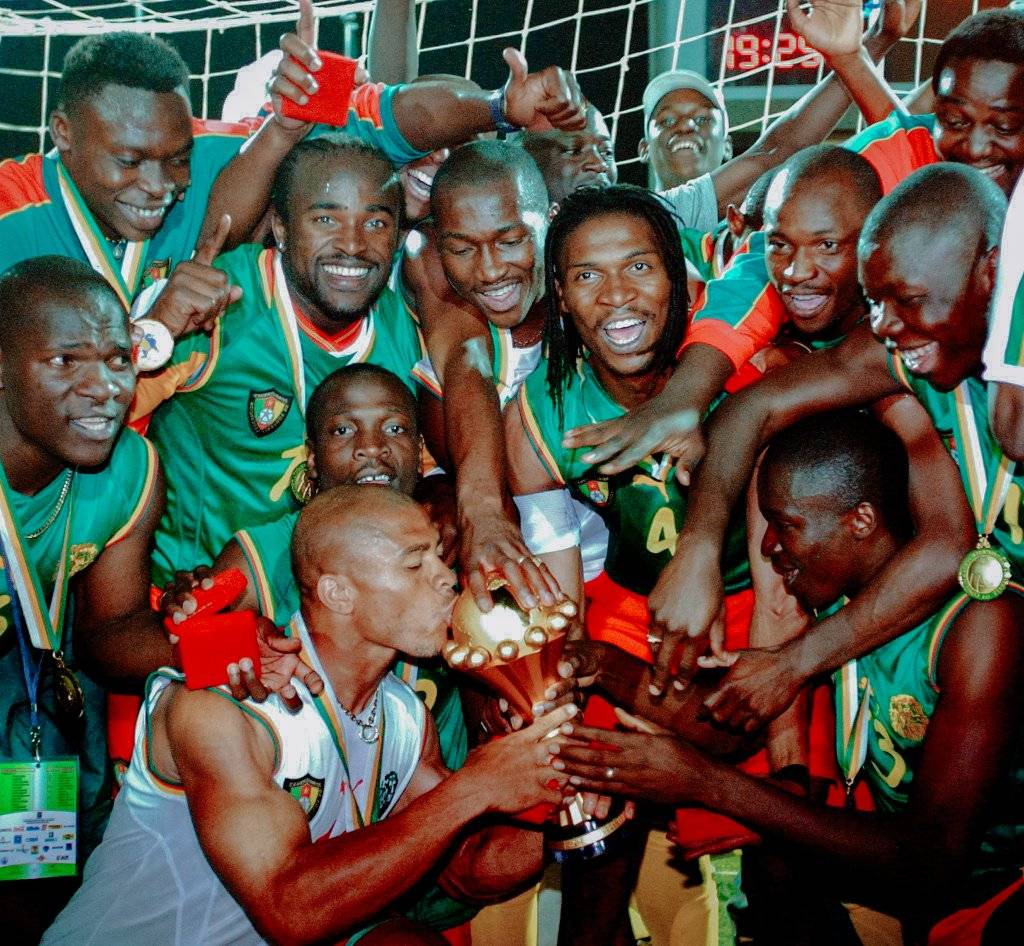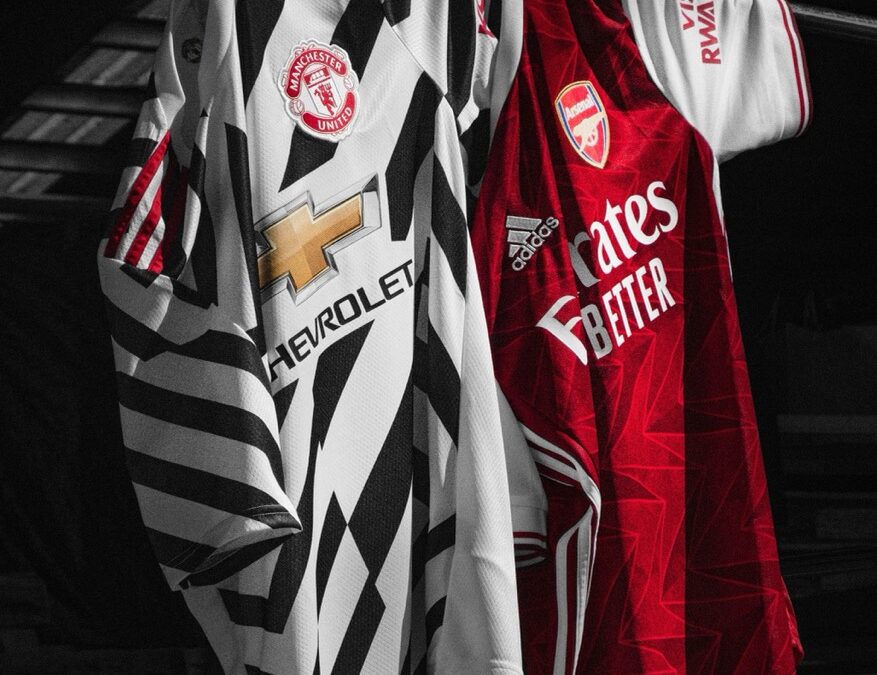When Cameroon stepped onto the pitch in 2004 wearing sleeveless, muscle-hugging, dark green shirts, everyone was confused, but impressed.
Dubbed illegal by FIFA and iconic by everyone else, the kit blurred the line between sportswear and streetwear long before collaborations and tunnel fits were commonplace. Two decades later, in a fashion landscape obsessed with Y2K revivalism and retro sportswear, the case for a reissue is not just nostalgic, it’s needed.
In the late 1990s and early 2000s, Puma began working with a number of African nations to produce kits, such as Senegal, Côte d’Ivoire and most notably, Cameroon in 1997. At this time, Puma wasn’t quite the brand it is now, and in order to build their profile they tried to capitalise on working with African nations and footballers.
Their strategy involved disrupting the norm in terms of what football kits could be, breaking the mould for not only design but kit format too. In the 2002 African Cup of Nations (AFCON) in Mali, Puma went for something a bit crazy – a sleeveless football shirt. The shirt was inspired by the muscular aesthetic of basketball jerseys and the rising influence of sports-related streetwear. It was also meant to symbolise power, athleticism and African pride.
The act of removing sleeves from a football shirt is something that had never been seen before in elite level football, and so the design instantly sparked controversy. FIFA initially tried to ban the shirt, arguing that it didn’t conform to standard regulations. However, Cameroon continued to wear it throughout the tournament, which FIFA could not regulate, eventually winning AFCON wearing their innovative sleeveless kit. Their victory only made this kit become more iconic and renowned, as there was a nostalgic success Cameroonians would be able to connect the sleeveless shirt with.

Unfortunately, despite their eagerness to sport the sleeveless shirt during the world cup, FIFA banned the shirt before the competition, stating that it violated Law 4 of the Laws of the Game, which includes the specification that teams must wear shirts with sleeves. FIFA didn’t offer much flexibility, and Cameroon were forced to modify the kit. They added black fabric to form short sleeves over the original sleeveless shirt. This created a slightly awkward, stuck-on look that took away from the original design’s impact. A few years later Puma also designed an even more crazy, but not as good-looking ‘onesie’ kit, where the shorts and shirt were stitched together. This was also banned by FIFA, and cost Cameroon a points deduction in the World Cup qualifiers.

Today, streetwear thrives on boldness, originality, and cultural storytelling, all elements that are present in this piece of Cameroonian footballing history. The kit defied both fashion and football tradition, putting form and function in direct opposition with identity. It represented athleticism and pride in African culture, something that has grown even more in the 2020s for those connected to African nations nowadays; the shirt would be perfectly suited to that side of fashion culture seen all over the world.
Whilst in the current era we see luxury fashion collaborattions with football teams, and rappers wearing certain football apparel (see Kanye West on our podcast), it would be a statement for Puma to re-release this sleeveless shirt to represent the more down to earth and raw aspect of grassroots sport. A sleeveless jersey with its roots in African excellence and rebellious design is exactly the kind of piece that would fly off the shelves today. Clothing drops routinely borrow from the aesthetics of early 2000s subversion, but few are as authentically groundbreaking as this kit.
Moreover, the resurgence of Afrocentric fashion in mainstream spaces, and the growing appreciation of African contributions to global culture, would give the re-release an added layer of significance. It wouldn’t just be a throwback, it would be a recognition of African culture. A reissue would honour Cameroon’s legacy on the pitch, Puma’s risk-taking spirit, and the powerful intersection of sport, culture and fashion.
In a world where nostalgia sells, the Cameroon 2004 kit doesn’t just deserve a comeback, it demands one.



